Sunflower, Maximilian
Used in food plots for birds, erosion control, and prairie mixes. Perennial.
Used in food plots for birds, erosion control, and prairie mixes. Perennial.
| Grow Height | Bloom Period | Growing Regions | Planting Rate Acre |
Bloom Color |
| 3-10′ | July-Oct. | 5 PLS | Yellow |
| Weight | 1 lbs |
|---|
Be the first to review “Sunflower, Maximilian” Cancel reply
You must be logged in to post a review.
Related products
Produces a mixture of annual and perennial plants. Recommended planting fall and winter. Colors produced will depend on plants that can establish in your soils but includes blue, yellow, and reds mainly.
Introduced to America from Europe. Short lived and Hardy annual. Flowers are white forming dense delicate clusters. Prefers full sun in drained soils.
Warm season native perennial that is a member of the legume family. Plant is attractive to bees, butterflies, and/or birds.
Attractive to butterflies, Ox-eye Sunflowers are fairly tolerant of drought and partially shady conditions but prefer full sun and moist, well-draining soil conditions.
Native to Texas and many or the plains and mountain states. Often found growing in shallow soils, preferring disturbed sites in dry, sandy or gravelly soil with a neutral PH.
Large, bright flowers that is a popular flower. Use in wildflowers or ground cover mixtures. Fast growing. Red and mixed colors available.
Annual that emits sweet aroma attracting butterflies and hummingbirds. Native to Southern Midwest. Prefers sun and drier soils.
This sunflower is Native to Texas and produces flowers and seeds all summer long. Annual plant that comes back year after year from seed.
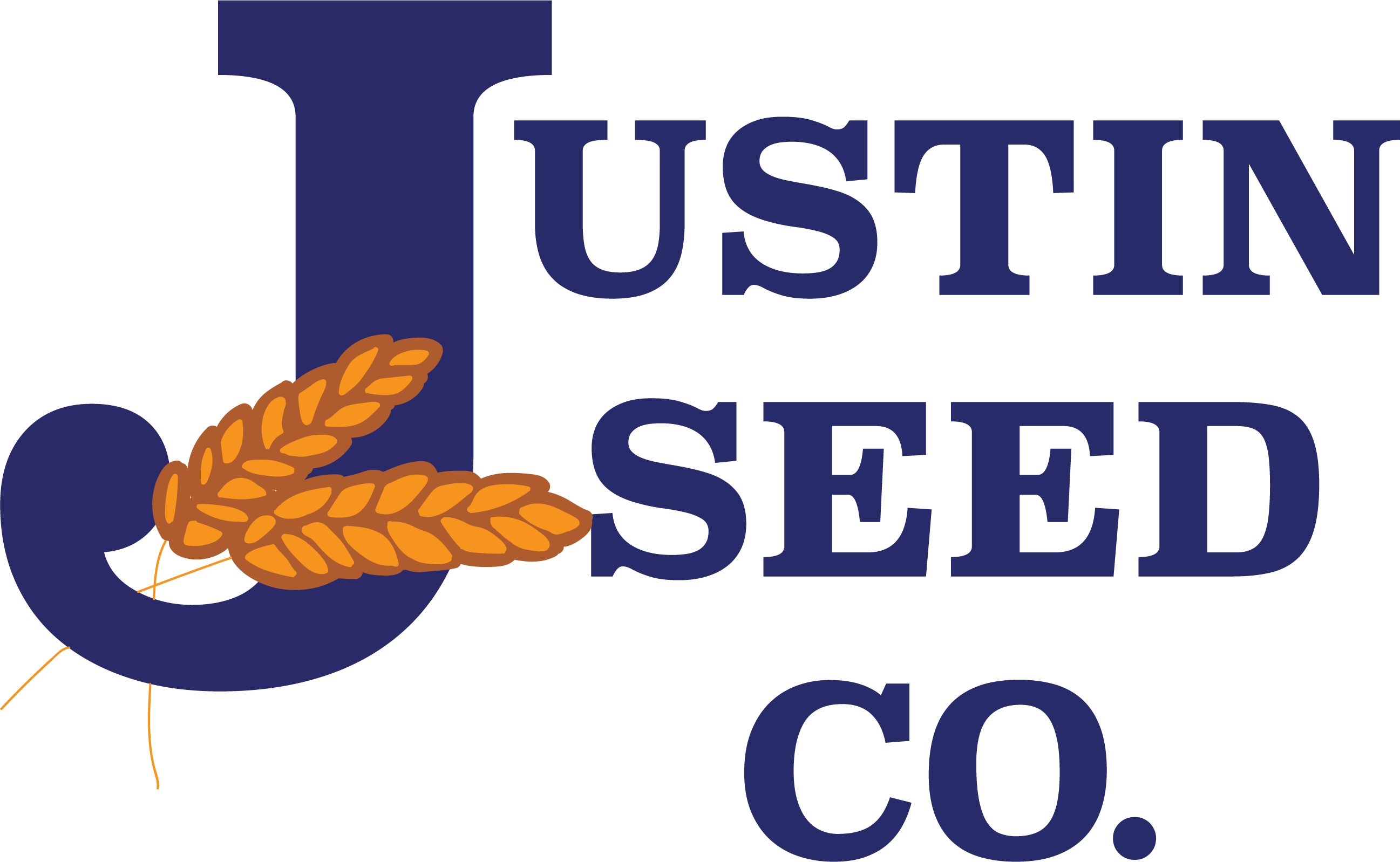
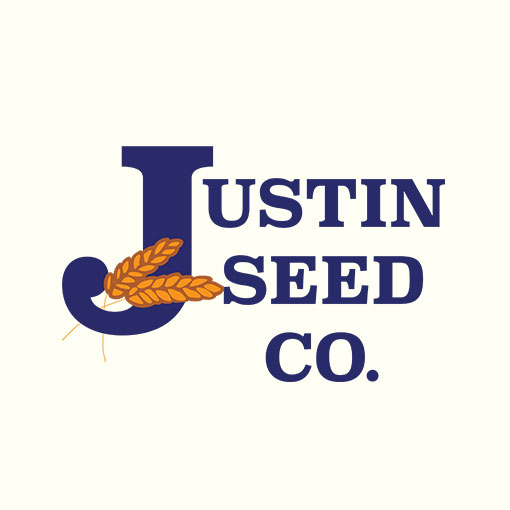
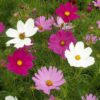

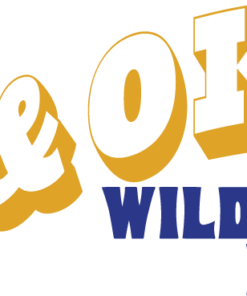
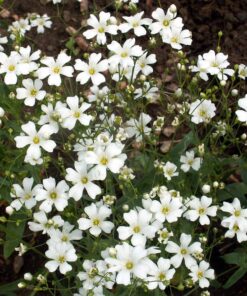
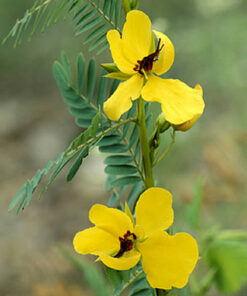
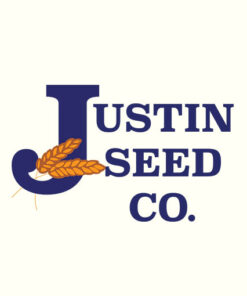
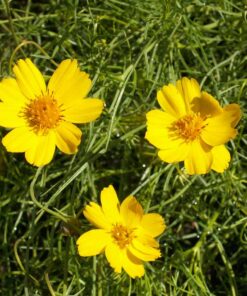
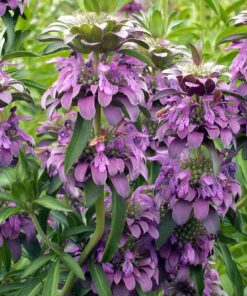
Reviews
There are no reviews yet.